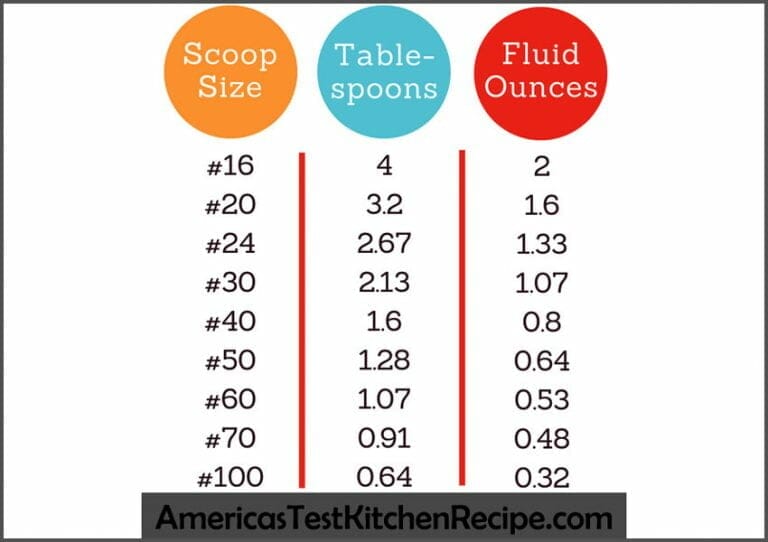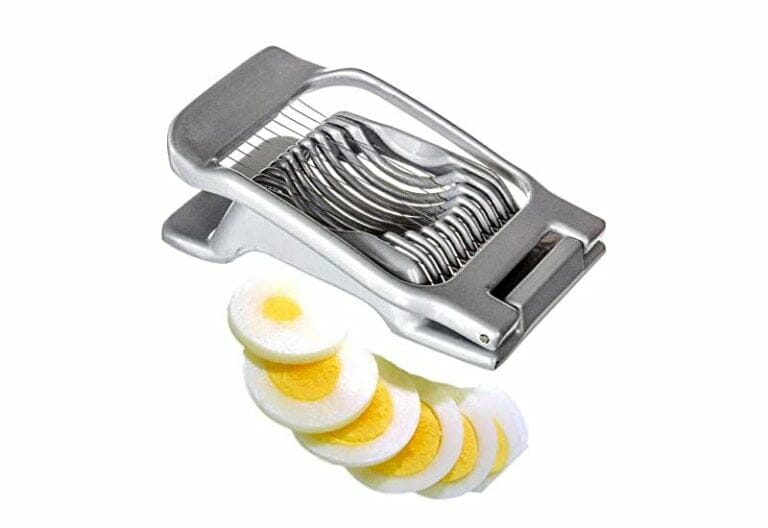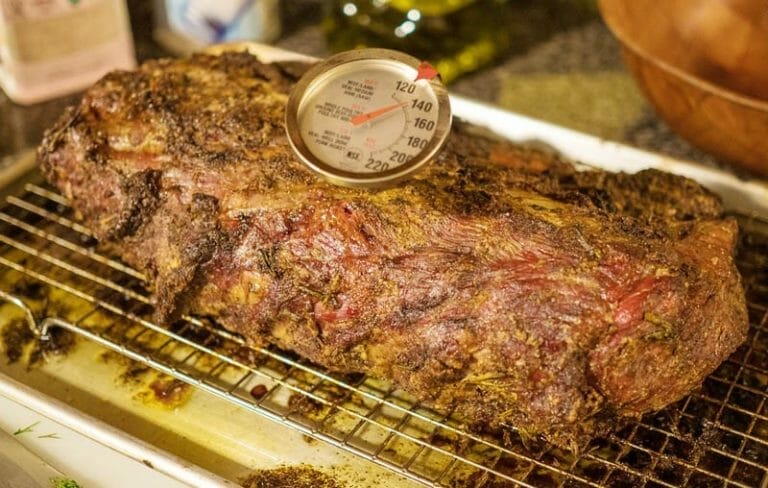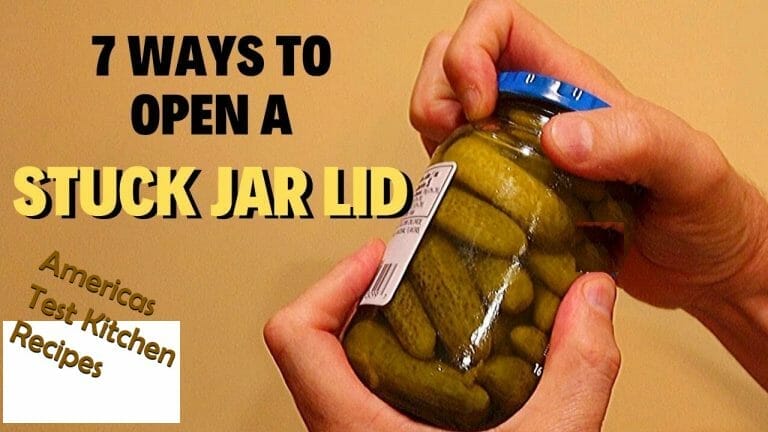Different Types of Non Stick Pans
Do you know how many different types of non stick pans available?
Here is a complete guide with all the different types of non stick pans available on the current market. It also includes a detailed explanation of the features of each type.
Some kinds of food tend to stick to the pan. When this happens, the cleaning process becomes a real nightmare. In some cases, you need to use something more aggressive than just soap and water. But, if you’re not careful, you risk ruining the whole surface.
Fortunately, nonstick pans eliminate the need to scrub too hard. These pans have a special coating that reduces the friction of the cooking surface. As a result, your pans will always be free of stuck residues.
But, which type of nonstick pan is better? The answer is here. In this complete guide you’ll learn about the different types of non stick pans that you can currently find on the market. That way, you can decide which one is the most appropriate for you.
What is Non Stick Pan?
A non stick pan is a kitchen utensil that evenly distributes heat to cook food. Non stick pans have a special nonstick coating that reduces the friction coefficient of the cooking surface. That way, there’s minimal risk of food sticking.
Safest nonstick cookware set can withstand very high temperatures. That way, they can withstand direct exposure to the flame without burning or deforming.
Different Types of Non Stick Pans
Certainly, there are lots of different types of non stick pans on the current market. Each non stick cookware frying pan type with its pros and cons. Some has best large nonstick skillet and some are corningware ceramic cookware. But stainless steel cookware and ceramic non stick coating are different fry pan. There are also available in cast iron cookware, copper cookware, aluminum cookware, hard anodized cookware, Teflon pan, nonstick surface metal utensil stainless steel pan too. Below, you’ll find a list with the most popular types and their features.
Anodized Aluminum Pans
Anodized aluminum pans evenly distribute heat over the cooking surface. In this case, the pan is immersed in an acid medium that contains small particles of aluminum oxide. The aluminum adheres to the surface by passing an electrical charge through the pan, forming a smooth and slippery layer.
Seasoned Cast Iron Pans
During the manufacturing process, the cast iron pan is filled with oil and heated to very high temperatures. The hot oil penetrates through the metal surface, forming a slippery surface. Professional chefs prefer these pans because of their excellent ability to distribute heat.
Enameled Cast Iron Pans
In this case, glass powder is poured over the cast iron surface. Then, the pan is heated in an oven at temperatures above 700 ºC. During this process, the glass melts, forming a translucent layer on the pan.
Enameled cast iron pans are safe and non-toxic, preventing cast iron particles from entering food. However, they aren’t so efficient transmitting the heat of the flame.
Silicone Pans
These pans have a thin layer of silicone rubber. This material burns at temperatures above 300º C. So, it’s oven-safe, considering that an ordinary kitchen oven can reach a maximum temperature of 180º C. In addition, the gases emitted by burned silicone rubber aren’t toxic to human beings.
Super Hydrophobic Pans
Super hydrophobic pans are relatively new to the market. They’re made with different materials that form a nanoscopic layer that repels water. So, any kind of food with a certain level of humidity will never stick to the surface.
Teflon Pans
Teflon pans use a mixture of Polytetrafluorethylene (PTFE) and Perfluorooctanoic acid (PFOA). They were popular in the market for many years. However, recent research has shown burned Teflon gases and residues can cause cancer. However, these pans are safe at cooking temperatures below 260º C.
Ceramic Pans
Ceramic pans are among the best selling of the market. They’re non-toxic and environmentally friendly. The external coating is made of a mixture of clay, silica powder, hardeners and color. These pans can withstand very high temperatures without burning or releasing toxic substances into the food.
Unfortunately they’re very expensive and prone to scratches. So, you can’t use abrasive tools and harsh chemicals to clean them.
Conclusion
As you can see, there are many different types of pans to choose from. Before choosing the most appropriate one for you, consider first your available budget. Some of these pans can be very expensive. So, maybe you’ll have to save some extra money to get the pan you want.





